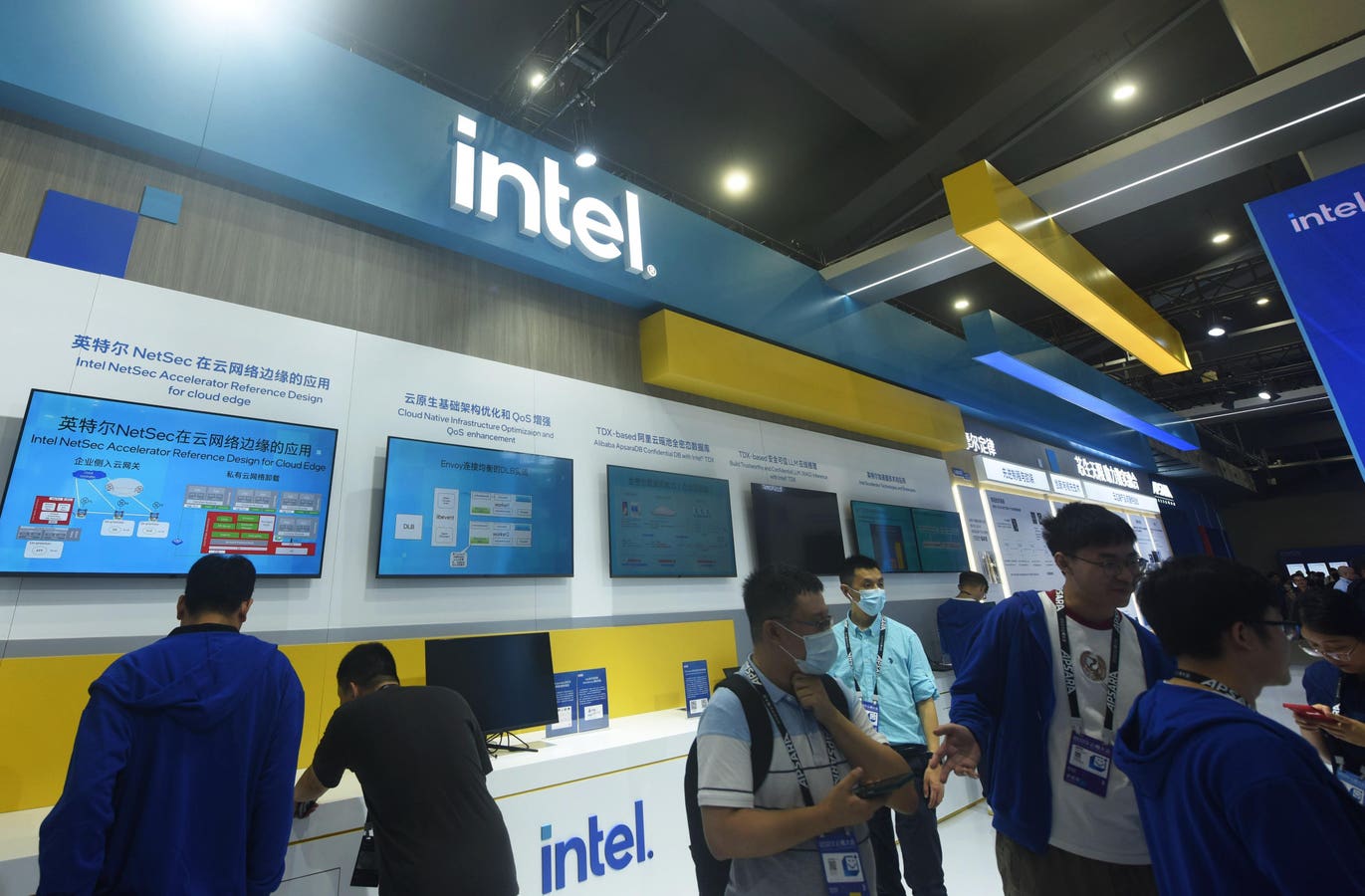Intel
INTC
Despite the sharp rise this year, INTC stock has seen a decline of 20% from levels of $50 in early January 2021 to around $40 now, vs. an increase of about 15% for the S&P 500 over this roughly 3-year period. However, the decrease in INTC stock has been far from consistent. Returns for the stock were 3% in 2021, -49% in 2022, and 44% in 2023. In comparison, returns for the S&P 500 have been 27% in 2021, -19% in 2022, and 14% in 2023 – indicating that INTC underperformed the S&P in 2021 and 2022. In fact, consistently beating the S&P 500 – in good times and bad – has been difficult over recent years for individual stocks; for heavyweights in the Information Technology sector including AAPL, MSFT, and NVDA, and even for the megacap stars GOOG, TSLA, and AMZN. In contrast, the Trefis High Quality Portfolio, with a collection of 30 stocks, has outperformed the S&P 500 each year over the same period. Why is that? As a group, HQ Portfolio stocks provided better returns with less risk versus the benchmark index; less of a roller-coaster ride as evident in HQ Portfolio performance metrics. Given the current uncertain macroeconomic environment with high oil prices and elevated interest rates, could INTC face a similar situation as it did in 2021 and 2022 and underperform the S&P over the next 12 months – or will it see a recovery?
Besides seeing a cyclical turnaround in the PC market, there are some other positive developments for Intel stock. While the big surge in interest in generative AI was initially seen as a negative for Intel, given that cloud computing players have focused on securing graphics processors for AI workloads, rather than on central processing units that Intel sells, Intel indicates that it could also see upside from this trend as its advanced packaging solutions have seen considerable demand from most leading AI chip companies. Moreover, Intel is looking to play a bigger role as a foundry, producing chips for other semiconductor companies, and taking on the likes of TSMC and Samsung Electronics. While investors were skeptical if this capital-intensive bet would pay off, especially considering Intel’s recent struggles with updating its chips to the latest process nodes, the company appears to be progressing. Intel signed up three customers for its 18A process over Q3. The company’s foundry services business generated $311 million in revenue, marking a 299% increase from the same period last year.
So is Intel stock fairly valued post the recent move or could it trend higher? Intel stock trades at about 23x consensus 2024 earnings, which is not exactly a cheap valuation given Intel’s recent struggles. In comparison, AMD trades at 28x times forward earnings, while TSMC has a lower forward multiple of 15. That being said, Intel’s progress with its foundry plans, the launch of its next-generation server chips, and a turnaround in the PC market could drive earnings growth to an extent. We value Intel stock at roughly $38 per share, which is about 5% below the current market price. See our analysis of Intel Valuation for more details on what’s driving our price estimate for Intel.
Invest with Trefis Market Beating Portfolios
See all Trefis Price Estimates
Read the full article here










